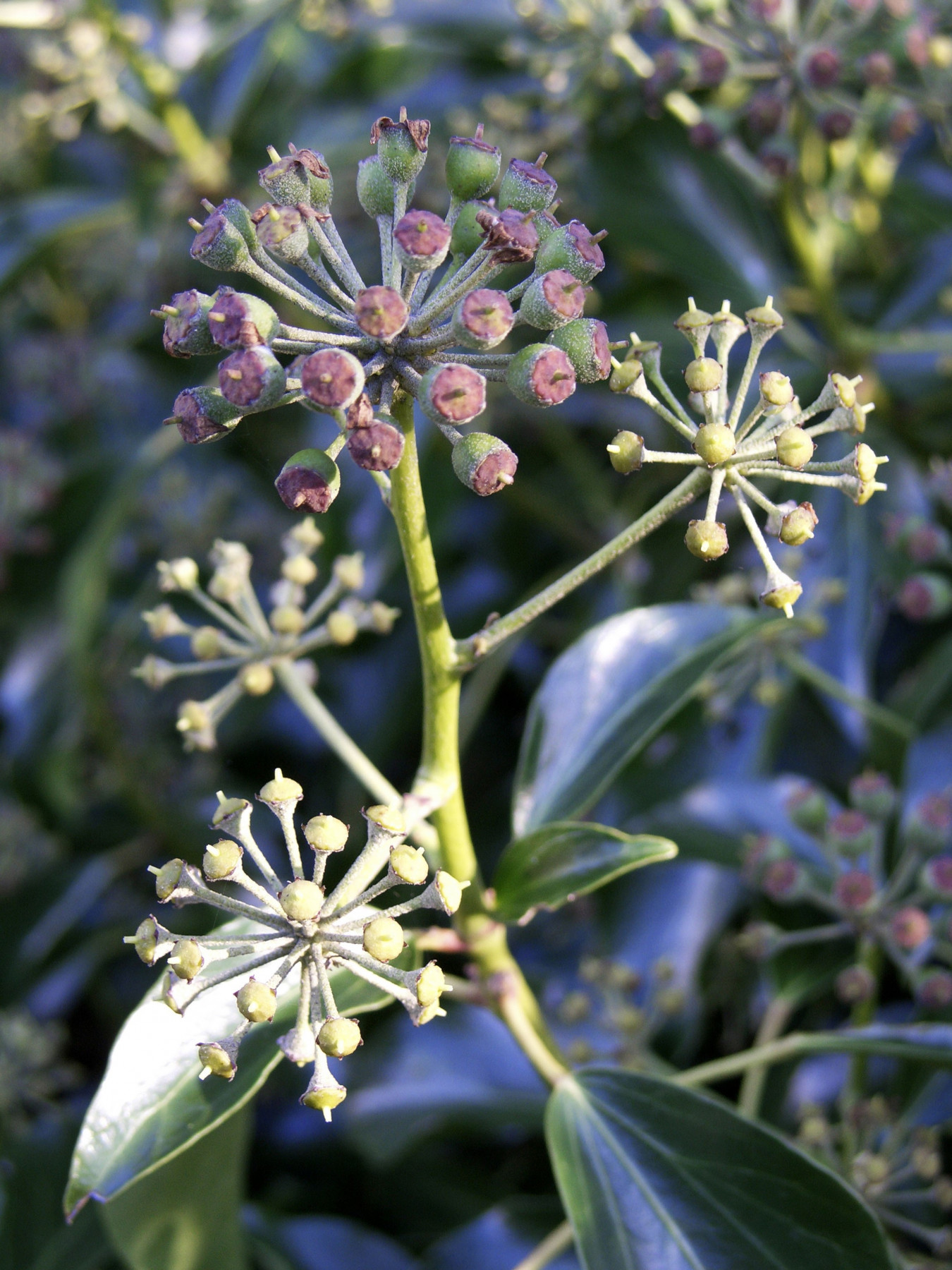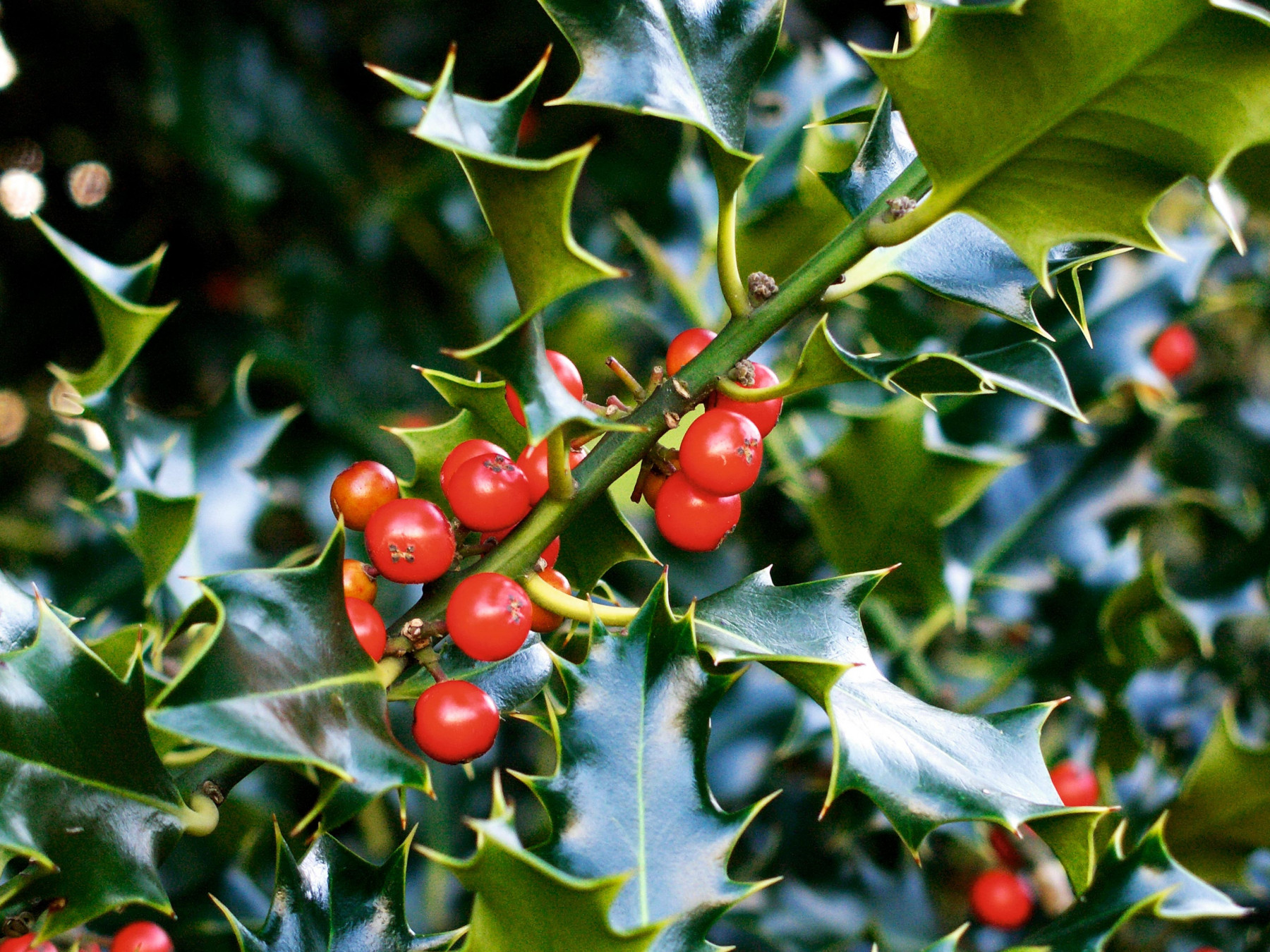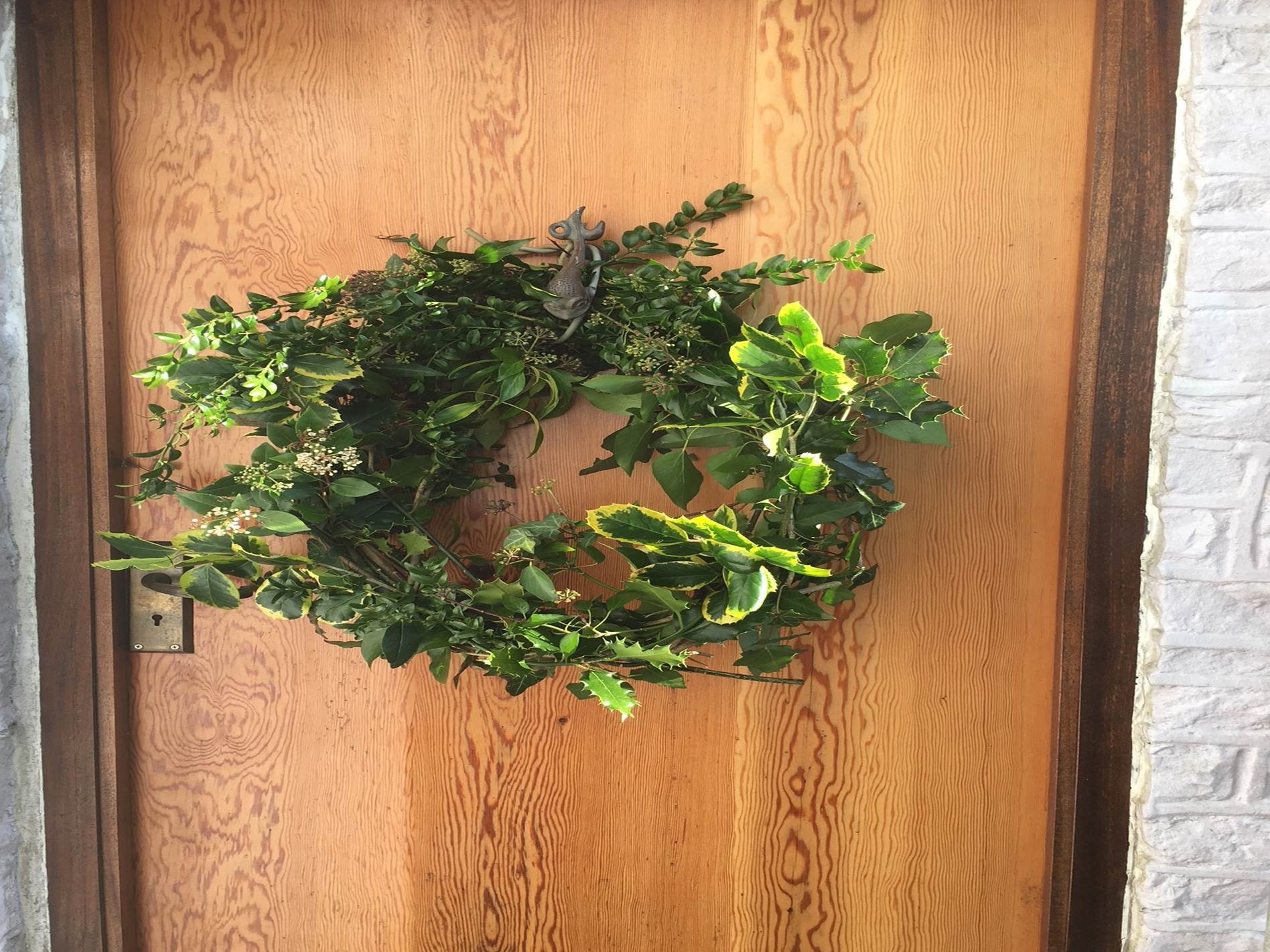
Jean Vernon extols the virtues of the winter evergreens holly and ivy explores some of the myths and legends that relate to some of these seasonal plants.
Despite the cold, wet and frosty weather that accompanies winter, there are many beautiful plants that perform during this time to provide essential colour and interest in the depths of winter.
What’s more many of fantastic winter plants have intriguing, associated myths and legends.
Perfect partners
Evergreen plants like holly and ivy were symbolic to ancient civilisations because they lived through the winter and represented ongoing life and the hope for the seasons ahead. Coupled with their perecived magical properties and medicinal uses, these plants became important players in the celebration of winter festivals. Legend has it that holly grown near the house was thought to deter thunder, lightening and evil influences. It is renowned for its protective qualities, perhaps a reflection of its prickly leaves. Pliny the Younger is said to have grown holly to keep sorcerers at bay.
Holly is a valuable winter plant and can be grown as an individual plant, or as a hedge. Specimen plants can be carefully clipped and trained as topiary, or allowed to grow into mature trees.
Holly berries
For festive berries choose a variety that is renowned for its good fruits such as Ilex aquifolium ‘JC Van Tol’ a self fertile female plant that can be grown alone without the need for an additional pollinator. It has prickle free leaves too so it is a good choice if you have a young family or inquisitive pets.
Ilex x merserveae ‘Blue Princess’ is a gorgeous plant with rich blue green leaves, and blood red berries, Ilex aquifolium ‘Amber’ has amber yellow fruit, and Ilex aquifolium ‘Bacciflava’ has beautiful yellow berries, bear in mind that for all of these female varieties, you need to plant a male variety nearby to ensure good pollination and plenty of berries.

Don’t be fooled by the names of the varieties, it can be confusing, for example ‘Silver Queen’ is actually male and grown for its attractive leaves, check with the nursery or grower to ensure you have a male variety to pollinate your female plants otherwise berries may be a rare commodity. Other good male plants include Ferox argentea and ‘Golden Milkboy’. Holly is relatively slow growing so for instant impact buy a large plant. Otherwise buy rooted cuttings and grow them on until they reach the required size.
Winter ivy
Ivy is a popular evergreen climber is said to date back to the roman times, when Hedera helix ‘Poetica’ was widely grown. It was also a popular plant in the 16C. It is said to be sacred to Bacchus, the god of wine and was often displayed outside taverns when the new wine was ready. Ivy along with holly is associated with the roman festival of Saturnalia, which coincided with the winter solstice. Other earth based traditions considered these plants to be representative of the balance of nature where ivy was the female aspect and the holly, the male counterpart. Both are used to decorate the home at Christmas and advocates of this belief use equal quantities of holly and ivy in their displays to ensure harmony and balance in the home. Wild ivy (Hedera helix) is great for polliantors, with its autumn flowers rich in nectar. It’s also a good choice for festive decorations, especially when the black berries form, but do leave some for the birds.
A fence or wall clothed in ivy provides excellent nesting and roosting sites for wild birds.
Garden plants

Many ivies are great garden plants. Choose cultivated varieties for useful garden plants. You can train it over fences or use it as an evergreen ground cover. Pots of ivy can be trained over topiary frames to create quick, effective ‘topiary’ decorations.
Hedera helix ‘Erecta’ doesn’t climb, but forms upright spiky stems with dark green heart shaped leaves, it is an excellent choice for beneath trees. Hedera helix ‘Buttercup’ is another good variety to grow; this golden leaved ivy has yellow leaves when exposed to sunlight, while leaves in the shade are a deeper green. ‘Gloire de Marengo’ has large glossy leaves with a creamy edge that will clamber over concrete walls.
Natural decorations
Gather equal quantities of holly and ivy from the garden and make your own festive wreaths, garlands and arrangements for the home.
Season with a few sprigs of evergreen herbs such as rosemary and bay and weave red and gold ribbons through the stems.
A posy of evergreens wrapped together make a wonderful garnish to a gift of homemade jams, relish and chutneys.
If your plot is low on evergreens and foliage put a holly on your wish list for Christmas and plan ahead for future winter displays.


